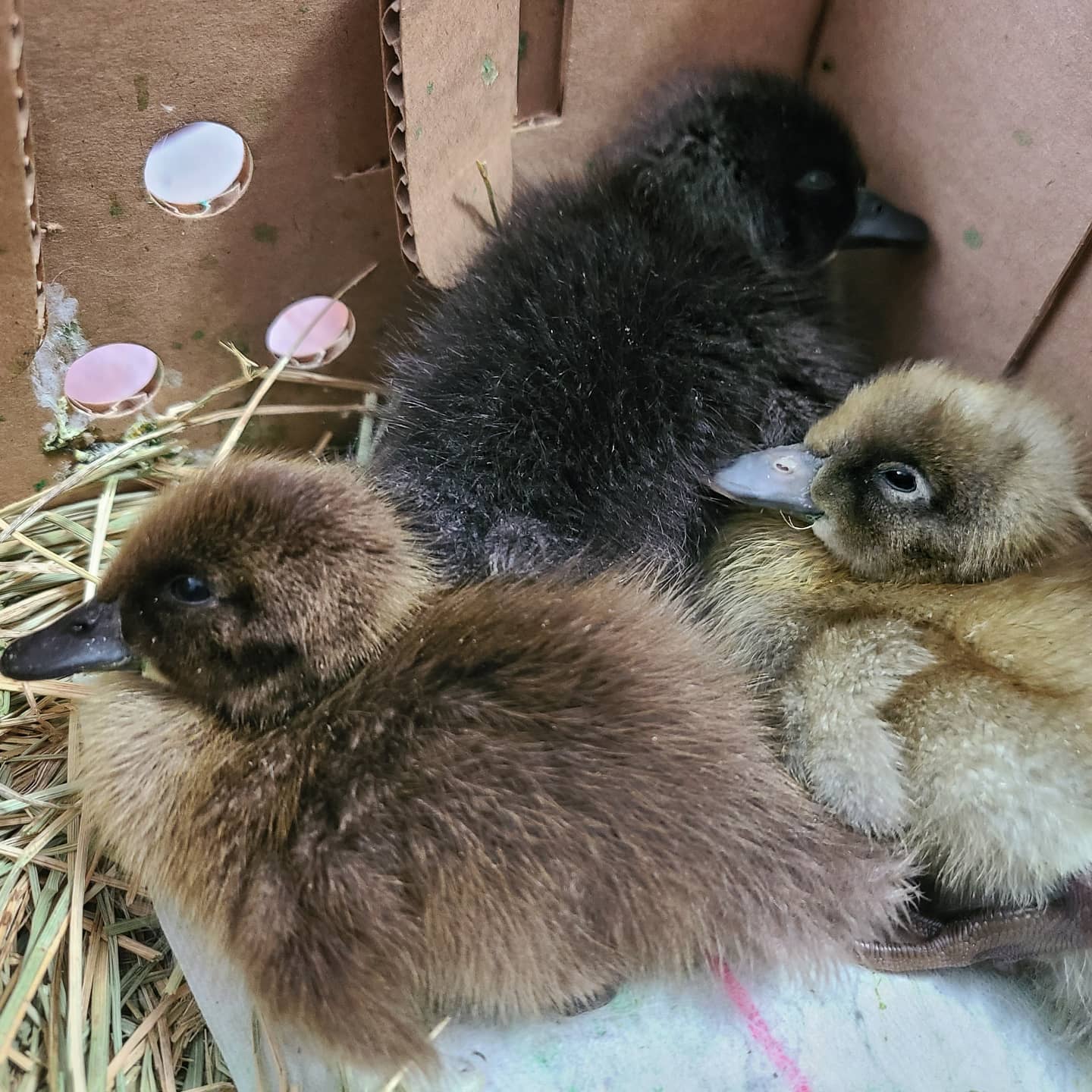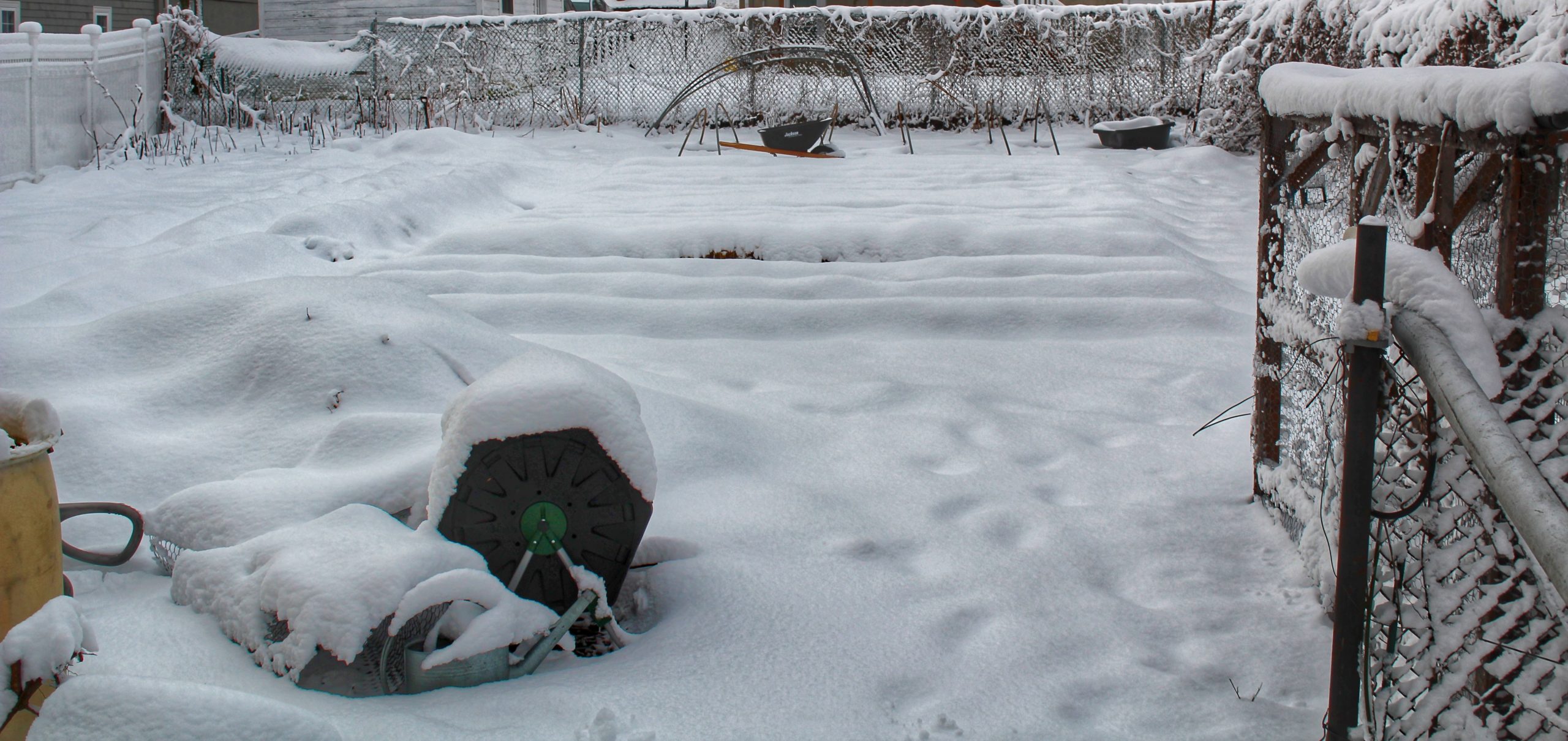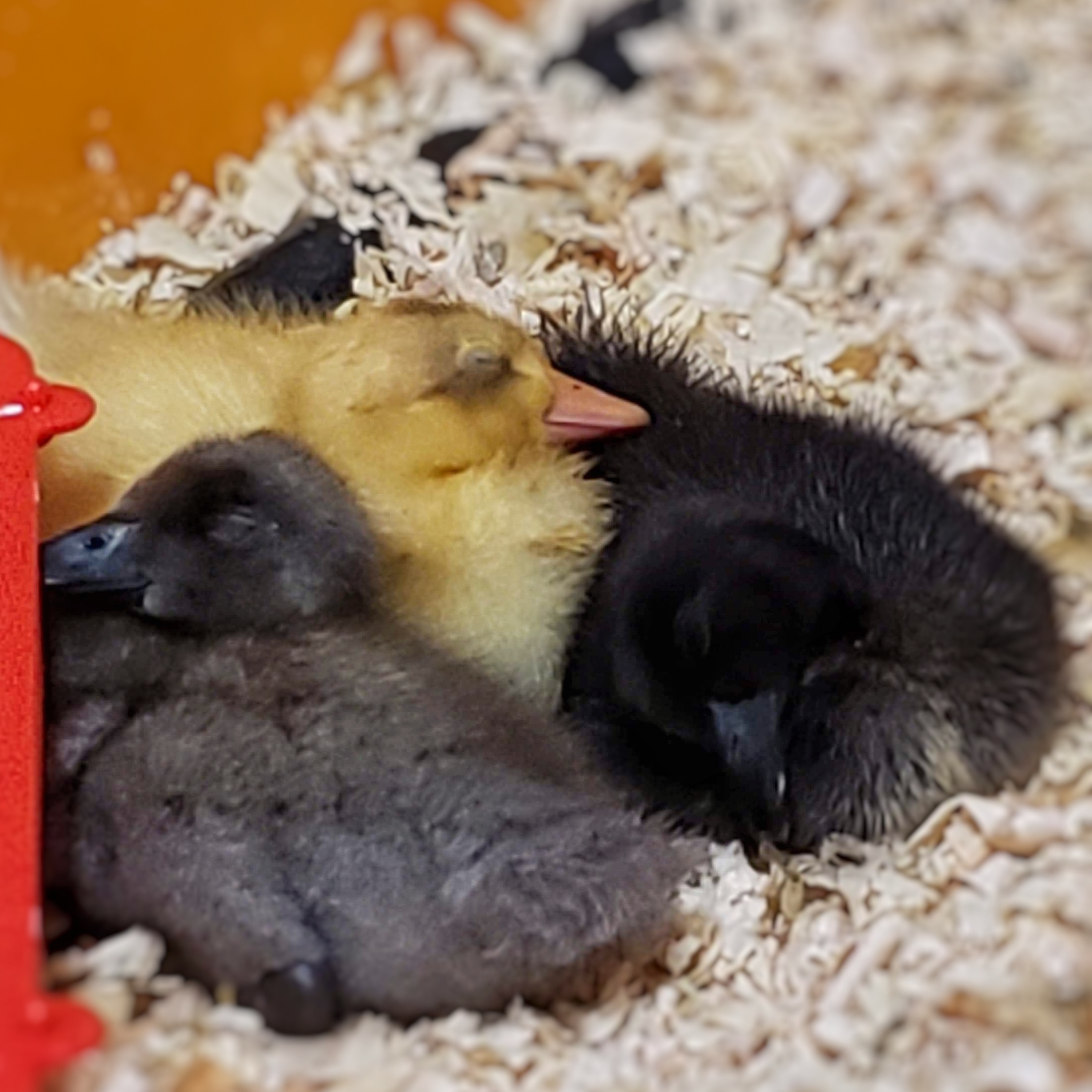
Today we welcomed three new members to the Stargazer Hollow team — a trio of Indian Runner Ducklings!
 They are just two days old today, and will live inside with the family until they grow enough of their adult feathers to be ready to swim in the duck pool with our three adults. I expect this will be sometime around the end of August.
They are just two days old today, and will live inside with the family until they grow enough of their adult feathers to be ready to swim in the duck pool with our three adults. I expect this will be sometime around the end of August.
Living on a small farm with limited space for now, we are keeping to a maximum of 6 ducks. In the future, when we have bought a larger property, we definitely want a big flock! The ducks are delightful to watch, and their eggs are our most popular product at the markets.
All three ducks are likely to lay blue or blue-tinted eggs, once they start laying. I’d expect their first eggs around the end of September.
Without further ado…
Xena is a black runner duck, like Aurora.
Zelda is a blue runner duck, like Cinder.
Leia is a chocolate runner duck, our first one!
The ducklings took their first trip outside today as well, since it was a nice day. They explored the herb garden and had a few snacks.

Meghan Buckley is the co-founder of Stargazer Hollow, and is the business end of the farm.
Meghan handles the website and marketing, accounting, farmers markets, conference planning, and all the other little admin overhead that a farm needs.
She also loves getting her hands dirty, and helps with duck care, vegetable harvesting, and lots of cooking and canning!


 Today we had the first day of snow on the little farmstead. It’s cool that you can still see the raised rows even with the snow! Our cover crop winter rye and vetch is still green and well underneath the blanket of snow, and the garlic is tucked in beneath a heavy bed of straw. Gonna be a little tough to get to the compost pile for the next few days!
Today we had the first day of snow on the little farmstead. It’s cool that you can still see the raised rows even with the snow! Our cover crop winter rye and vetch is still green and well underneath the blanket of snow, and the garlic is tucked in beneath a heavy bed of straw. Gonna be a little tough to get to the compost pile for the next few days!






